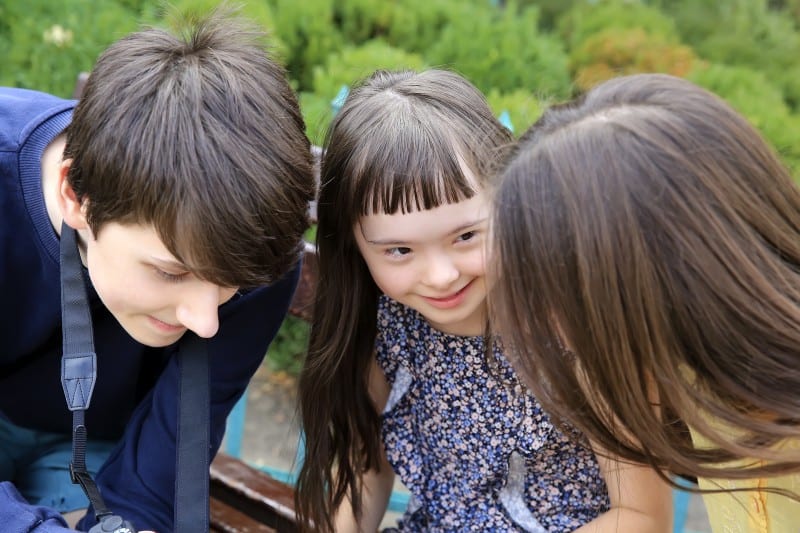When children are struggling in school, it’s important to find out why. It may be that a disability is affecting a child’s educational performance. If so, the child may be eligible for special education and related services that can help.
Prior to referring a child for special education services, a teacher may first try a variety of classroom interventions or accommodations. An example of this is moving a child who is easily distracted closer to the teacher’s desk. If the interventions or modifications are not successful, the teacher may refer the child for special education evaluation.
What is Special Education?
Special education is “specially designed instruction, at no cost to the parents, to meet the unique needs of a child with a disability.” It is range of supports services that can be provided in different ways and in different settings. It is not a cookie cutter approach to educating a child with a disability. The support and services that a child receives is to be individualized to meet their needs.
More than 6.8 million children ages 3 through 21 receive special education and related services each year in the United States.
Each of these children receives instruction that is specially designed:
- to meet his or her unique needs (that result from having a disability); and
- to help the child learn the information and skills that other children are learning in the general education curriculum.
Special education is not a place, not a subject, not an identity. As a matter of fact, the law requires that children who receive special education services are to be educated alongside their non-disabled peers wherever possible.
In order for a child to receive special education they must first be found eligible.
Resource Downloads
- 10 Steps to SPED [ENGLISH]
- Missouri Assessment Areas & Tests Commonly Used [ENGLISH]
- Missouri Curriculum Websites [SPANISH]
- Questions for Parents [ENGLISH]
- The Parents Guide to Special Education [ENGLISH]
- Developmental Achievement Chart [ENGLISH]
- Sensory Processing Disorder Fact Sheet [ENGLISH][SPANISH]

